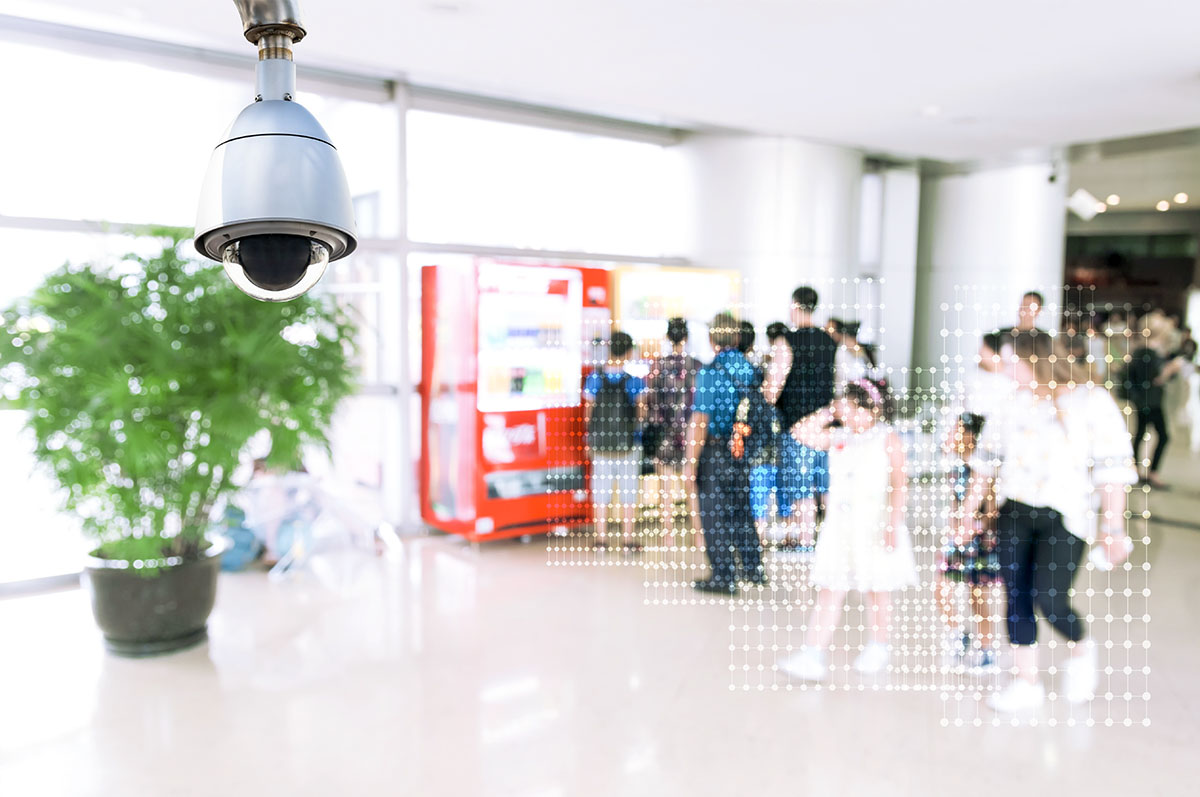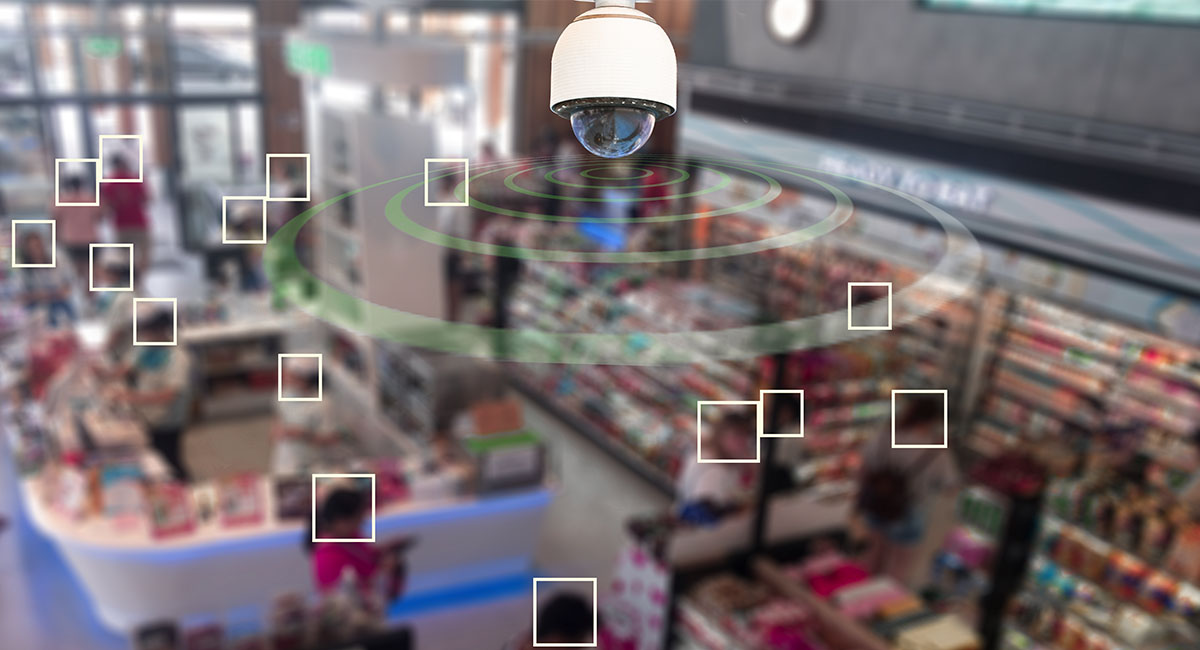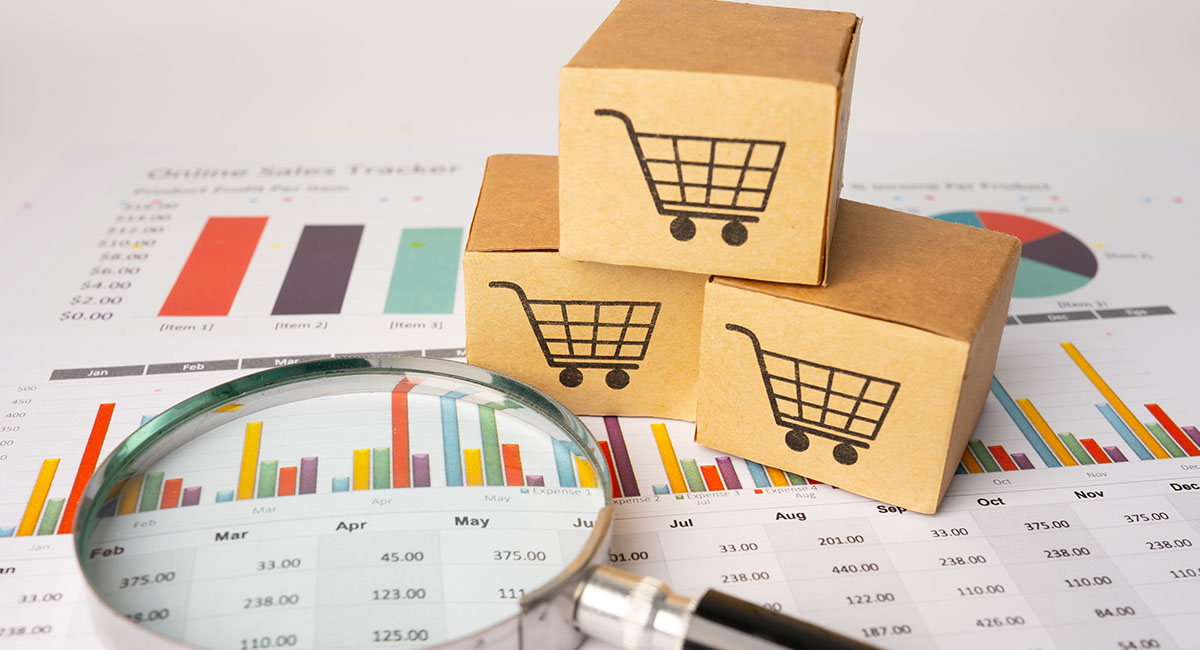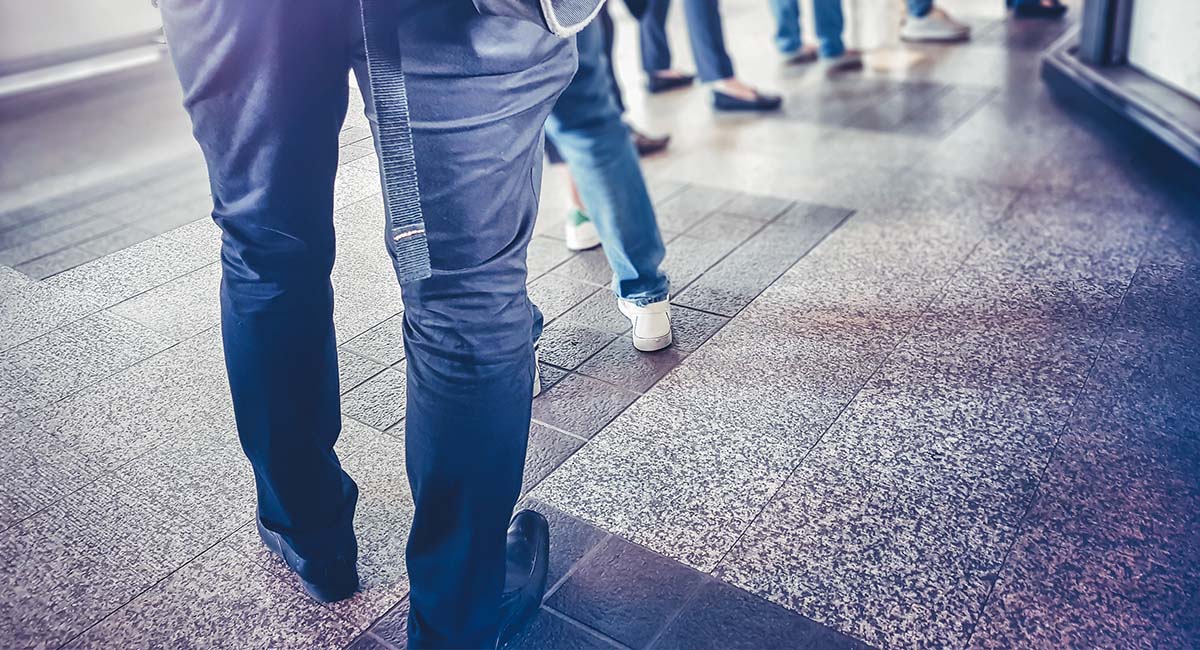People counting – What it is and how it’s used in retail

People counting has long been used in retail to determine factors like foot traffic and to understand the effectiveness of promotions.
In recent times, customer counting has also taken on a whole new importance due to occupancy limits in the wake of Covid-19.
So, what exactly is people counting, how does it work, and what can you use it for in retail?
How people counting works
The act of people counting involves positioning a people counting sensor in the entryway to a store or overhead.
This sensor then tracks the number of people entering and exiting a retail outlet and relays the information in real-time to an analytics platform.
The people counting sensor can be incorporated into an electronic article surveillance pedestal or can be its own separate fixture positioned at the entry to a store or in the ceiling.
The technology used for customer counting varies, with seven common people counting methods:
- Thermal people counter – which compares the temperature to the environment to that of an individual to detect someone.
- Stereo people counter – which uses two lenses to create a view of people entering and exiting.
- Mono people counter – which uses a single lens to detect people.
- Time of flight people counter – Fixed to the ceiling, a time-of-flight people counting sensor sends out an infrared signal to the objects beneath it which reflects back.
- Wi-Fi people counter – This generally detects cellphones by detecting individual Wi-Fi signals allowing the retailer to track visits, dwell time, repeat visits, etc.
- Infrared people counter – Infrared sensors send out an invisible signal across the entry to a store, which detects people entering and exiting when that line is crossed.
- CCTV people counter – Often doubling as a security system, this type of sensor counts people using the CCTV camera.
How people counting is used
There are numerous advantages to counting customers in-store, with people counting often forming the foundation of in-store analytics.

So, let us look at just a few examples of how people counting is used…
To manage operations
People counting allows retailers to track trends in-store, gaining an insight into when a retail outlet is likely to be busy.
This then facilitates improved store management when it comes to re-stocking and inventory, or staff rostering.
Used across multiple outlets, people counting can also help you measure one store’s performance against another.
To gauge marketing efforts
Measuring foot traffic is one way of gauging the success of marketing campaigns.
Often a rise in traffic will directly correlate to a marketing push – whether that is a specific product on sale, half-year storewide markdowns, or a targeted advertising campaign.
To track conversion
The volume of foot traffic versus sales data tells a retailer a lot about the service being offered in-store.

This insight can then be employed to work out where conversion can be improved, whether that is through staff training, product displays, addressing out of stocks, or cutting time spent in the queue.
To improve security
People counting also plays a role in loss prevention, allowing a retailer to understand when their store is more at risk of theft and then take appropriate steps to guard against it.
For example, it is well documented that shoplifting is more likely to occur when a store is busy, and sales associates are distracted.
If you know when a store is likely to be busy, you can put additional measures in place to improve security.
For health and safety compliance
As a result of Covid-19, occupancy rates and social distancing have become a major focus for retailers.

Customer counting allows retailers to adhere to the required guidelines of how many customers are allowed in-store at any given time.
You can learn learn more about people counting solutions here, otherwise you can view our range of EAS systems that incorporate or are compatible with people counting modules here.